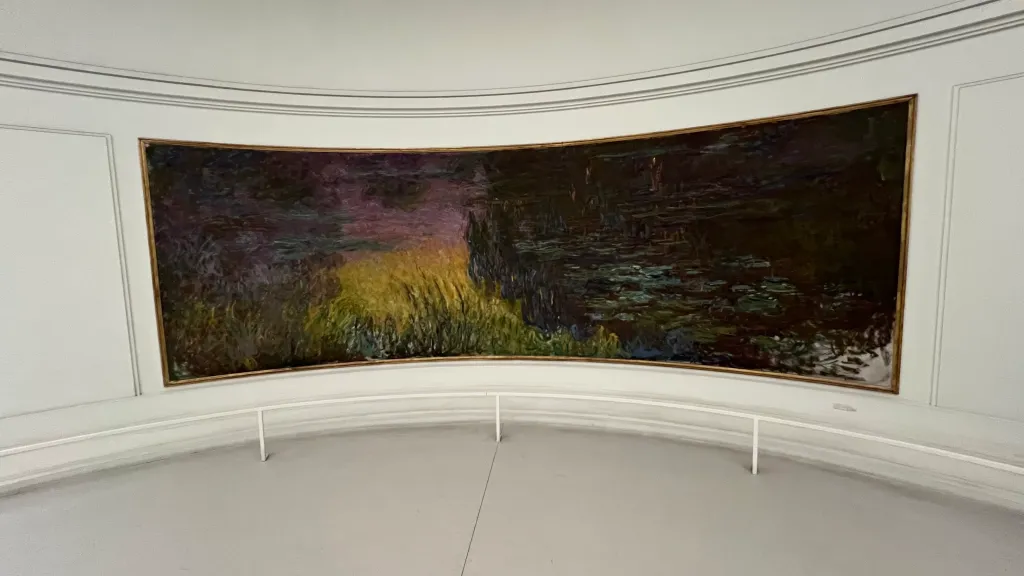
The Musée des Arts Décoratifs (Museum of Decorative Arts) in Paris is a pinnacle of artistic and cultural preservation. Situated at 107 Rue de Rivoli in the 1st arrondissement, this museum occupies the northwest wing of the Palais du Louvre, known as the Pavillon de Marsan. As the largest museum dedicated to decorative arts in continental Europe, it boasts an impressive collection of over one million objects, reflecting centuries of artistic evolution.
Historical Context and Architectural Significance
Founding and Early History
Established in 1905 by Union des Arts Décoratifs members, the museum was conceived to promote and preserve the decorative arts. The architect Gaston Redon played a pivotal role in designing the museum’s layout, ensuring it would become a landmark for artistic exhibition.
Architectural Marvel: Pavillon de Marsan
The Pavillon de Marsan, part of the Louvre complex, provides a historical and architectural backdrop for the museum. This section of the Louvre has been meticulously preserved, offering visitors a glimpse into the grandeur of French architecture.

Extensive Collections
Furniture and Interior Design
The museum’s collection includes various pieces of furniture and interior design, predominantly French. Notable examples include:
- French Furniture: The collection ranges from medieval to contemporary and features pieces from notable periods like Art Nouveau and Art Deco.
- Altarpieces and Religious Paintings: A collection that spans centuries, showcasing the evolution of religious art in Europe.
- Objects d’Art and Tapestries include exquisite Aubusson carpets and other significant textiles.
Ceramics and Glassware
The ceramics and glassware collection is notable for its diversity and historical significance. Highlights include:
- Porcelain: Pieces from the renowned Manufacture nationale de Sèvres.
- Glass Art: Works by iconic artists such as René Lalique and Émile Gallé.
Toys and Miscellaneous Artifacts
The museum also houses an extensive collection of toys from the Middle Ages to the present day, offering a unique perspective on childhood’s cultural and social history.
Embed from Getty ImagesPeriod Rooms: A Journey Through Time
Jeanne Lanvin’s House
A standout exhibit is part of Jeanne Lanvin’s house, decorated by Albert-Armand Rateau in the early 1920s. This room offers a vivid glimpse into early 20th-century French interior design.
Eugène Grasset’s Dining Room
Eugène Grasset’s dining room, dating from 1880, is another highlight, showcasing the intricate design and craftsmanship of the era.

The Gold Cabinet of Avignon
The Gold Cabinet of Avignon from 1752 epitomizes the opulence and artistic excellence of 18th-century French design.
Lucie Émilie Delabigne’s Bedroom
The 1875 bedroom of courtesan Lucie Émilie Delabigne, believed to inspire the main character in Émile Zola’s novel “Nana,” offers a unique cultural and literary connection.
Exhibitions and Cultural Impact
Notable Exhibitions
The museum has hosted numerous significant exhibitions curated by prominent figures such as Yvonne Brunhammer. A landmark exhibition was “Les Années ’25’: Art Déco/Bauhaus/Stijl Esprit Nouveau” in 1966, which played a crucial role in defining the term “Art Déco.”
Influence and Comparison
The Musée des Arts Décoratifs is often compared to the Victoria and Albert Museum in London and has inspired institutions such as the Cooper-Hewitt National Design Museum in New York City.
Modern Identity and Challenges
Rebranding to MAD
In January 2016, the museum rebranded itself as MAD (Mode, Arts, Design) to reflect its broader focus on fashion, arts, and design. This rebranding highlights the museum’s evolving role in contemporary culture.
Balancing Fine Art and Decorative Arts
The museum faces the challenge of balancing its vast collections of fine art, advertising, fashion, and design, ensuring each receives the attention it deserves.
Conclusion
The Musée des Arts Décoratifs is a testament to decorative arts’ richness and diversity. Its extensive collections, historic period rooms, and significant exhibitions offer a comprehensive view of artistic evolution. As the museum continues to adapt and redefine its identity, it remains a vital cultural institution, inspiring and educating future generations.
Sources
Musée des Arts Décoratifs, Paris – Wikipedia. https://en.wikipedia.org/wiki/Mus%C3%A9e_des_Arts_D%C3%A9coratifs,_Paris
More on French Design
Discover more from Encyclopedia of Design
Subscribe to get the latest posts sent to your email.





